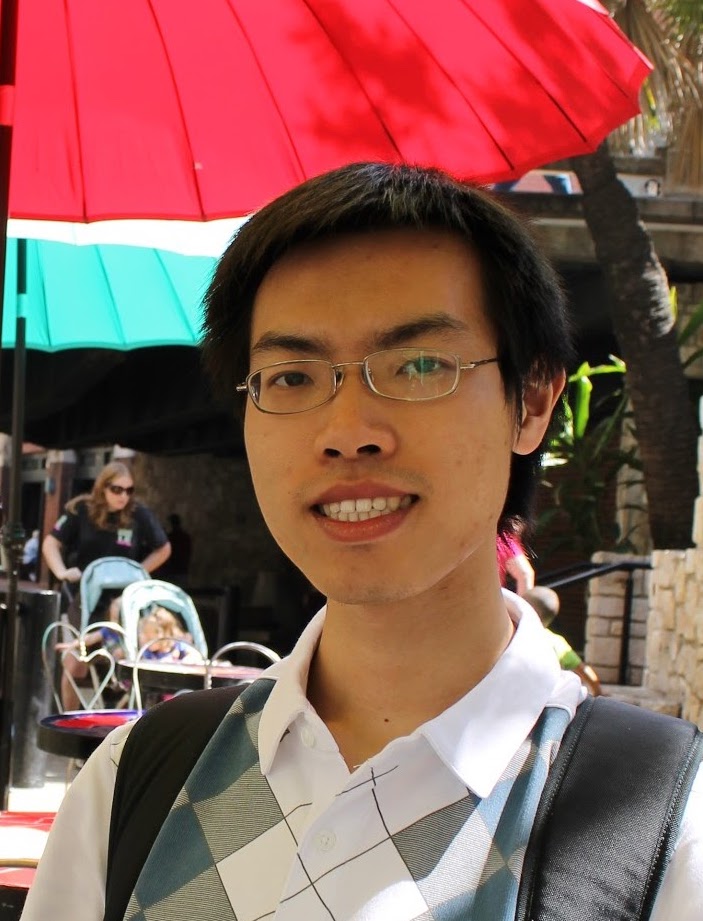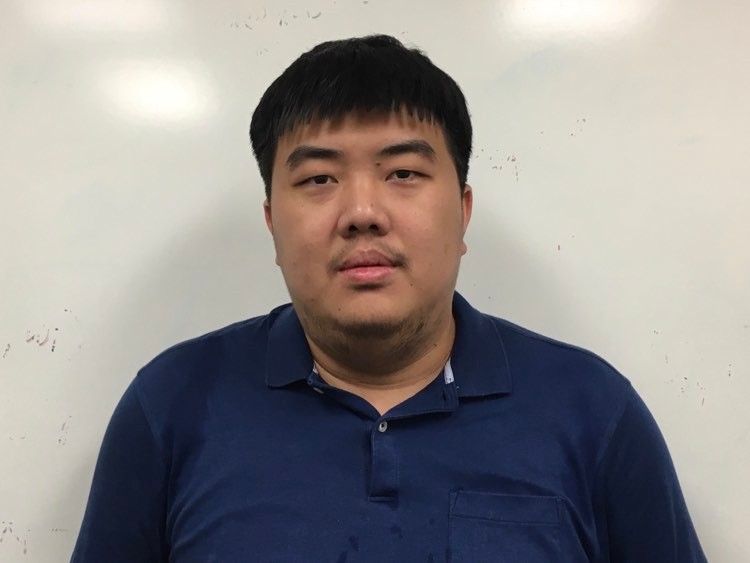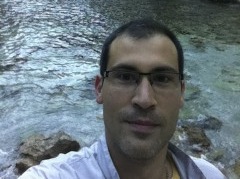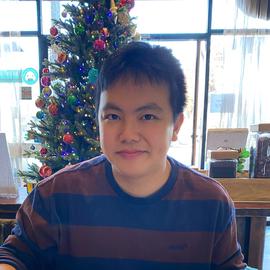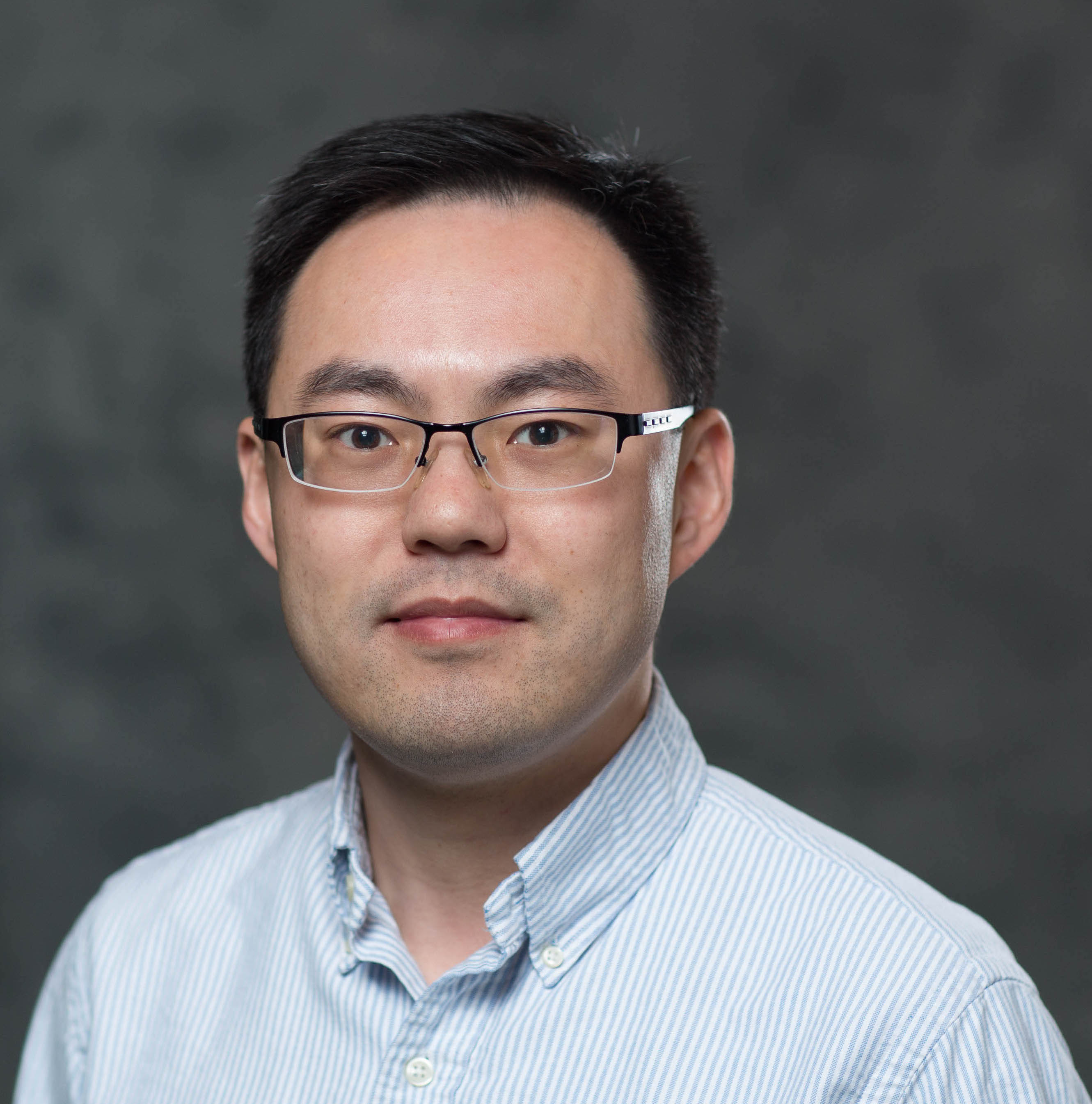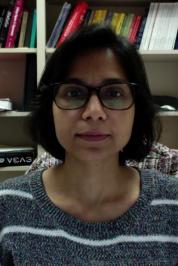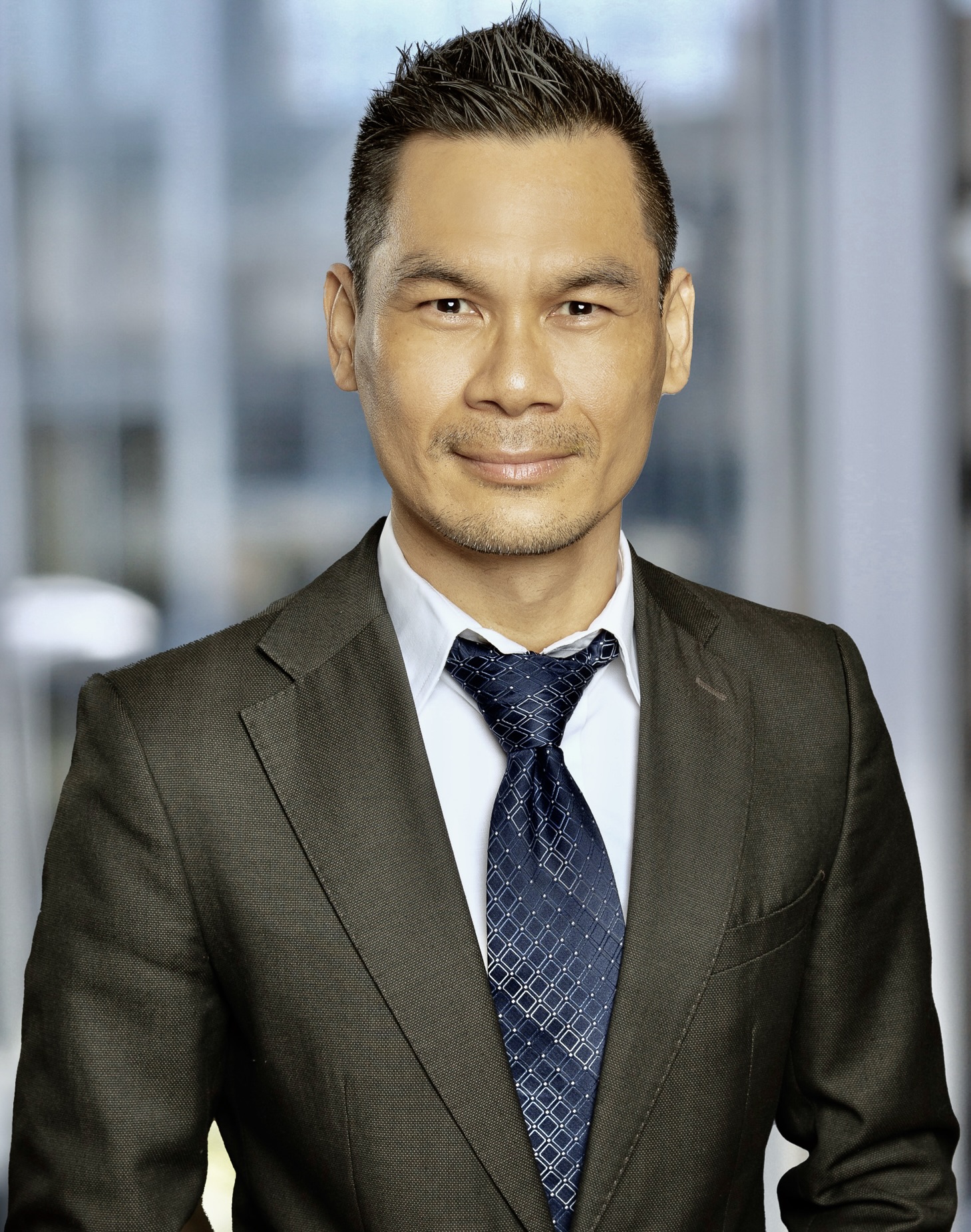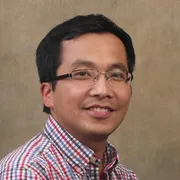Applied and Computational Mathematics Seminar
Department of Mathematics and Statistics
Fall 2022 Schedule
Parker 328, Friday 2:00 pm - 3:00 pm (CST)
For any questions or requests, please contact Phuong Hoang (tzh0059@auburn.edu)
| Speaker | Institution | Date |
| Junshan Lin | Auburn University | September 2 |
| Selim Sukhtaiev | Auburn University | September 9 |
| Yimin Zhong | Auburn University | September 16 |
| Phuoc Toan Huynh | Auburn University | September 23 |
| Yuming Paul Zhang | Auburn University | September 30 |
| Fernando Guevara Vasquez | University of Utah | October 14 |
| Raymond Chu | UCLA | October 21 |
| Christopher Strickland | University of Tennessee | Monday, October 24, 3:00 pm (via Zoom) |
| Yuming Paul Zhang | Auburn Univeresity | October 28 |
| Rongjie Lai | Rensselaer Polytechnic Institute | November 4 (via Zoom) |
| Susmitha Sadhu | Georgia College | November 11 |
| Tan Bui-Thanh | University of Texas at Austin | November 18 |
| Tuoc Phan | University of Tennessee-Knoxville | December 2 |
Junshan Lin
|
|
Date and time: Sep 2 at 2:00 pm (ACLC 153) Title: Mathematical and Computational Problems in Topological Materials Abstract: In this talk, I will introduce the main mathematical and computational problems in topological materials, which were inspired by the success in topological insulators in recent years. In particular, I will use topological photonic materials as an example and illustrate the theory and computation for several mathematical models based on our recent and ongoing work. In addition, I will discuss open mathematical problems in this emerging area.
|
Selim Sukhtaiev
|
|
Date and time: Sep 9 at 2:00 pm (Parker 328) Title: Schrodinger operators with slowly decaying singular potentials Abstract: This talk concerns spectral theory of half-line Schrodinger operators with singular potentials. In the first part, we will focus on a general spectral theoretic framework for such operators and discuss self-adjointness, quadratic forms, Weyl–Titchmarsh theory, and Prufer variables. In addition, we will provide a Last–Simon-type description of the absolutely continuous spectrum and necessary conditions for absence thereof. In the second part, we will discuss spectral types of Schrodinger operators with slowly decaying sparse singular potentials and a spectral transition on the scale of short-range to long-range potentials. (Joint work with M. Lukic, X. Wang)
|
Yimin Zhong
|
|
Date and time: Sep 16 at 2:00 pm (Parker 328) Title: How much can one learn a PDE from its solution? Abstract: In this work we study a few basic questions for PDE learning from observed solution data. Using various types of PDEs, we show 1) how the approximate dimension (richness) of the data space spanned by all snapshots along a solution trajectory depends on the differential operator and initial data, and 2) identifiability of a differential operator from solution data on local patches. Then we propose a consistent and sparse local regression method (CaSLR) for general PDE identification. Our method is data driven and requires minimal amount of local measurements in space and time from a single solution trajectory by enforcing global consistency and sparsity.
|
Phuoc Toan Huynh
|
|
Date and time: Sep 23 at 2:00 pm (Parker 328) Title: Space-time domain decomposition methods for flow and transport problems in fractured porous media Abstract: This talk is concerned with the numerical solutions to the flow and transport problems in fractured porous media. A dimensionally reduced fracture model written in mixed form is considered, where the fracture is assumed to have larger permeability than the surrounding area and is modeled as an interface between subdomains. We aim to develop fast-convergent and accurate global-in-time domain decomposition (DD) methods for such reduced models. We first focus on the flow problem of a single phase, compressible fluid and derive its reduced fracture models. New global-in-time DD methods together with the existing methods for such models are then discussed. Numerical experiments with different types of fracture are presented to verify and compare the performance of the proposed methods with different time steps in the fracture and in the rock matrix. These methods are then extended to the case of linear advection-diffusion equations where global-in-time domain decomposition is coupled with operator splitting to treat the advection and the diffusion separately by different numerical schemes and with different time steps.
|
Yuming Paul Zhang
|
|
Date and time: Sep 30 at 2:00 pm (Parker 328) Title: McKean-Vlasov equations involving hitting times: blow-ups and global solvability Abstract: We study two McKean-Vlasov equations involving hitting times. The equations are used in financial networks, computational neuroscience and some fluid models. The first equation is $X(t) = X(0) + B(t) - \alpha \mathbb{P}(\tau \le t)$, where $(B(t); \, t \ge 0)$ denotes the Brownian motion, and $\tau:= \inf\{t \ge 0: X(t) \le 0\}$ is the hitting time to zero of the process $X$. We provide a simple condition on $\alpha$ and the distribution of $X(0)$ such that the corresponding Fokker-Planck equation has no blow-up, and thus the McKean-Vlasov dynamics is well-defined for all time $t \ge 0$. We take the PDE approach and develop a new comparison principle. This is joint work with Erhan Bayraktar, Gaoyue Guo and Wenpin Tang.
Date and time: October 28 at 2:00 pm (Parker 328) Title: Regularity of Hele-Shaw flow with source and drift: Flat free boundaries are Lipschitz
Abstract: The classical Hele-Shaw flow describes the motion of incompressible viscous fluid, which occupies part of the space between two parallel, nearby plates. With source and drift, the equation is used in models of tumor growth where cells evolve with contact inhibition, and congested population dynamics. We consider the flow with Hölder continuous source and Lipschitz continuous drift. We show that if the free boundary of the solution is locally close to a Lipschitz graph, then it is indeed Lipschitz, given that the Lipschitz constant is small. This is joint work with Inwon Kim.
|
Fernando Guevara Vasquez
|
|
Date and time: Oct 14 at 2:00 pm (Parker 328) Title: Active cloaking for the heat equation Abstract: We present a method for cloaking for the heat equation that relies on using active sources to control the temperature in a region. The same method can be used for mimicking, i.e. giving the illusion that an object or source looks like another one, from the perspective of temperature measurements.
|
Raymond Chu
|
|
Date and time: Oct 21 at 2:00 pm (Parker 328) Title: Stiffness Limit of Porous Medium Type Equations
Abstract: The Porous Medium Equation (PME) is a PDE that is used to model biological aggregation, population dynamics, crowd motion, and tumor growth. The PME model represents the tumor as an evolving density function, while some models of tumor growth represent the tumor as an evolving region. By the stiffness limit, we can bridge these two types of models.
In this talk we will discuss the PME and Hele-Shaw flow. Then we introduce our work that generalizes the classical stiffness limit by allowing the limiting density to be bounded above by a spatial and time varying upper bound.
|
Christopher Strickland
|
|
Date and time: Monday, Oct 24 at 3:00 pm (online via Zoom) Title: Using mechanistic models to advance theory in opioid use disorder epidemiology Abstract: Opioid use disorder has been a national health crisis in recent years, with high economic costs and opioid involvement in over 70% of all drug overdose deaths in 2019. Widespread opioid use has its roots in prescription medication – a fact which greatly increases the population’s exposure and mathematically suggests non-contact-based routes of addiction. In this talk, I will describe two recent mathematical models for opioid use disorder and treatment, including dynamics involving heroin and fentanyl in the context of data for the state of Tennessee. I will also show how these models, as well as population models for alcohol use disorder, exhibit fundamentally different dynamics from infectious disease models and therefore require a different approach to analysis. Finally, I will present an agent-based, social-network approach we are working on that complements our population-level modeling and shows promise for teasing out certain micro-level, heterogeneous dynamics related to the social spread of opioid use disorder.
|
Rongjie Lai
|
|
Date and time: Nov 4 at 2:00 pm (online via Zoom) Title: Computational Methods for Mean-field Games: from conventional numerical methods to deep generative models Abstract: Mean field game (MFG) problems study how a large number of similar rational agents make strategic movements to minimize their costs. In this talk, I will discuss our recent work on computational methods for MFGs. I will start from a low-dimensional setting using conventional discretization/optimization methods and discuss some convergence results of the proposed method. Then, I will discuss its extension to computing problems on low-dimensional manifolds. After that, I will extend my discussion to high-dimensional problems by bridging the trajectory representation of MFG with a special type of deep generative model, normalizing flows. This connection does not only help solve high-dimensional MFGs, but also provides a way to improve the robustness of normalizing flows. |
Susmitha Sadhu
|
|
Date and time: Nov 11 at 2:00 pm (Parker 328) Title: A novel mechanism for detecting early warning signals of dramatic population changes and predicting a regime shift in a predator-prey model.
Abstract: A regime shift refers to a significant change in the behavior of an ecosystem after a long period of apparently stable dynamics. Often an abrupt change in the state of an ecosystem may not be necessarily preceded by a noticeable change in the environment and hence the question of identifying an early warning signal and predicting a regime shift is challenging. In this talk, I will discuss a mechanism for detecting an early signal of a sudden dramatic population change as well as predicting a regime shift in a two-trophic ecosystem consisting of two species of predators competing for their common prey. With proper rescaling, the model can be written as a singularly perturbed system of equations, where the prey evolves on a faster timescale than its predators. In a parameter regime near a singular Hopf bifurcation, chaotic mixed-mode oscillations (MMOs), featuring concatenation of small and large-amplitude oscillations, are observed as long transients before the system approaches its asymptotic state and experiences a regime shift. To analyze the dynamical cause that initiates a large amplitude oscillation, the model is reduced to a suitable normal form near the singular-Hopf point. Exploiting the separation of timescales and properties of the solutions of the normal form, the transient dynamics are analyzed. The analysis yields a method for detecting the initiation of a large amplitude oscillation and predicting the onset of a transition to the asymptotic state.
|
Tan Bui-Thanh
|
|
Date and time: Nov 18 at 2:00 pm (Parker 328) Title: Enabling approaches for real-time deployment, calibration, and UQ for digital twins.
Abstract: Digital twins (DTs) are digital replicas of systems and processes. At the core of a DT is a physical/mathematical model which captures the behavior of the real system across temporal and spatial scales. One of the key roles of DTs is enabling “what if” scenario testing of hypothetical simulations to understand the implications at any point throughout the life cycle of the process, to monitor the process, and to calibrate parameters to match the actual process. In this talk we will present two real time approaches: 1) mcTangent (a model-constrained tangent slope learning) approach for learning dynamical systems; and 2) TNet (a model-constrained Tikhonov network) approach for learning inverse solutions. Both theoretical and numerical results for various problems including transport, heat, Burgers and Navier-Stokes equations will be presented.
|
Tuoc Phan
|
|
Date and time: Dec 2 at 2:00 pm (Parker 328) Title: On local interior and boundary estimates for Stokes systems with singular measurable coefficients and applications
Abstract: We study non-stationary Stokes systems with measurable coefficients that are allowed to be singular. Interior estimates in Lebesgue mixed norm spaces are proved under a smallness condition on the mean oscillations of the coefficients. As an application, a new epsilon-regularity criterion for Leray-Hopf weak solutions of Navier-Stokes equations is introduced, which in turn implies some borderline cases of the well-known Serrin's regularity criterion. Some results on local boundary estimates are also presented and the optimality of the smallness condition on the mean oscillations of the coefficients will be discussed. The results in the talk are based on my joint papers with Hongjie Dong (Brown University), Juraj Foldes (University of Virginia), and Doyoon Kim (Korea University).
|



